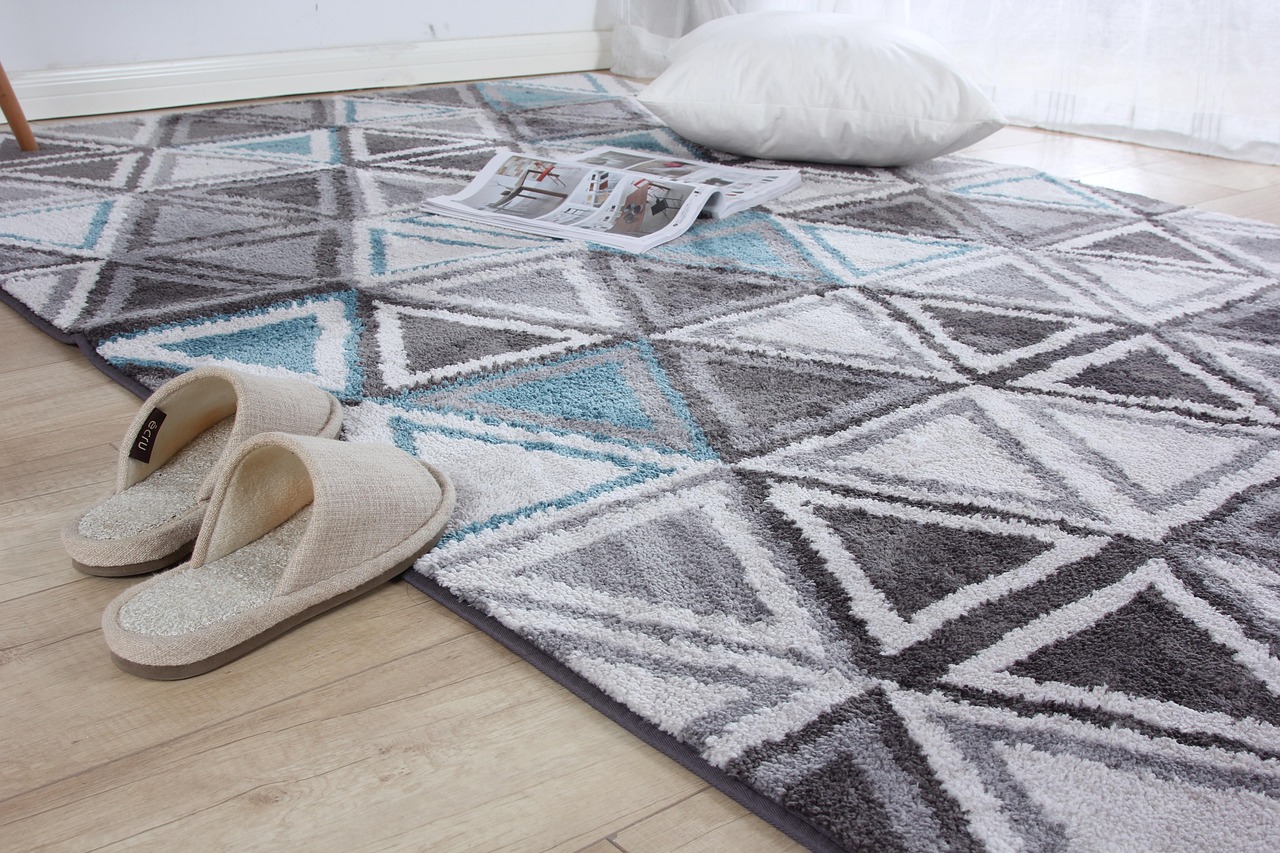When installing a new carpet, many homeowners are tempted to save money by skipping the underlay or padding. At first glance, it may seem like a minor step—but carpet padding plays a critical role in comfort, durability, and insulation. So, what happens if you don’t put padding under the carpet? The short answer: you’ll end up with a carpet that wears out faster, feels uncomfortable, and may even cost you more money over time.
In this guide, we’ll break down the importance of carpet’s padding, the consequences of skipping it, and why professional installers always recommend using it.
Why Carpet Padding Matters
Carpet padding (also known as underlay or cushion) is a layer of foam, rubber, or felt placed between the subfloor and the carpet. While it’s hidden from sight, it plays a huge role in performance and comfort.
Benefits of carpet padding include:
- Provides a soft cushion underfoot
- Extends the life of the carpet
- Improves insulation and energy efficiency
- Reduces noise
- Helps the carpet maintain its shape and appearance
Skipping padding might save you money upfront, but it often leads to long-term problems.
What Happens If You Don’t Put Padding Under the Carpet?
Here are the biggest issues you’ll face if you install carpet without padding:
1. Carpet Wears Out Faster
Without padding, your carpet fibers directly rub against the subfloor, causing:
- Premature flattening of the pile
- Visible wear and tear in high-traffic areas
- Fraying along the edges
On average, carpet without padding may lose 50% of its lifespan, forcing you to replace it much sooner.
2. Lack of Comfort Underfoot
One of the best parts of a carpeted floor is its soft, cushioned feel. Without padding, your carpet will feel:
- Thin and hard
- Uncomfortable for walking or sitting
- Less inviting, especially in bedrooms or living rooms
If comfort matters in your home, padding isn’t optional—it’s essential.
3. Increased Noise Levels
Carpet’s padding acts as a sound barrier by absorbing footsteps and reducing echo. Without it:
- Rooms may sound louder
- Footsteps will be more noticeable, especially in multi-level homes
- Noise from one floor can easily transfer to another
For families with kids or apartments with neighbors below, skipping padding can create a very noisy living environment.
4. Poor Insulation
Carpet padding provides an extra layer of insulation, helping maintain indoor temperatures. Without it:
- Floors feel colder in winter
- Heating and cooling costs may rise
- Energy efficiency decreases
Over time, this can increase your utility bills significantly.
5. Carpet May Slip or Shift
Padding helps grip the carpet and keep it in place. Without it:
- Carpet may bunch up or wrinkle
- Edges may lift, creating tripping hazards
- You’ll need frequent re-stretching or adjustments
This not only affects appearance but can also become a safety issue.
6. Subfloor Damage
Since padding protects the subfloor from impact, skipping it may result in:
- Scratches or dents on hardwood floors
- Faster wear on plywood or concrete subfloors
- Moisture absorption issues
This can make future flooring installations more difficult and expensive.
When Is Carpet Padding Optional?
In very few cases, carpet padding may not be required:
- Outdoor or commercial carpets (like those glued directly to concrete)
- Temporary flooring solutions
- Low-traffic areas where comfort isn’t a priority
However, for most residential applications—living rooms, bedrooms, and hallways—padding is strongly recommended.
Choosing the Right Carpet Padding
If you’ve realized the importance of padding, the next step is choosing the right one. Factors to consider:
- Material: Foam, rubber, felt, or memory foam
- Thickness: Usually between ¼” to ½” (thicker isn’t always better—check carpet manufacturer recommendations)
- Density: Higher density = more durability
- Purpose: Soundproofing, insulation, or luxury comfort
💡 Pro Tip: Always check your carpet’s warranty—many manufacturers void warranties if padding isn’t installed.
Cost of Carpet Padding
On average, carpet padding costs between $0.50 to $1.50 per square foot, plus installation. While this adds to the initial cost, it can double the lifespan of your carpet, making it a smart investment in the long run.
Final Thoughts
So, what happens if you don’t put padding under the carpet? You’ll face a range of problems: your carpet will wear out quickly, feel uncomfortable, create more noise, and even raise your energy bills.
While skipping padding might save money at first, the long-term costs outweigh the short-term savings. For durability, comfort, and better home value, installing quality carpet padding is always the smarter choice.



